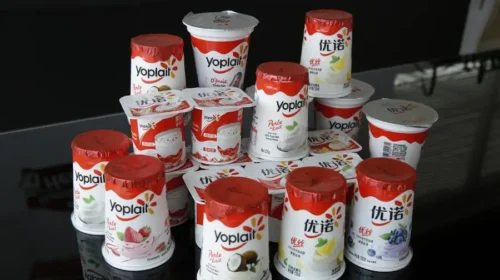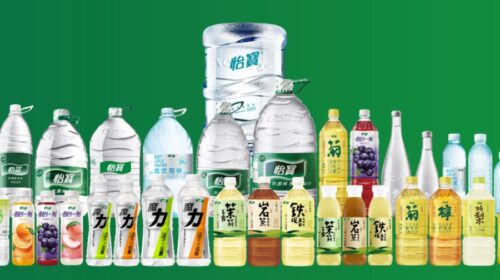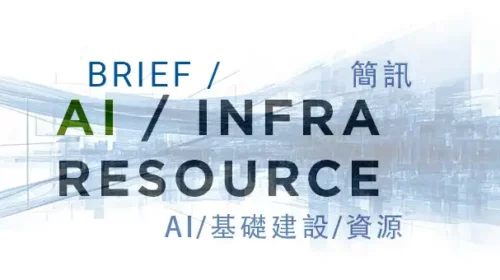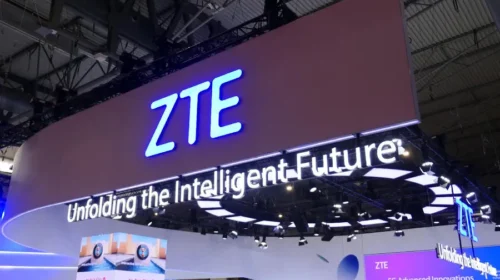Andre Juice’s growth stalls after bumper period
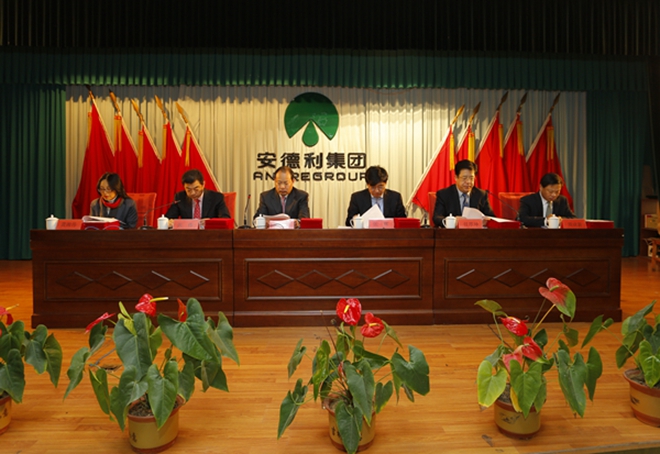
China’s leading maker of apple juice concentrate reported its revenue contracted in the third quarter, ending a period of strong gains in the previous year and a half
Key Takeaways:
- Andre Juice’s revenue fell 5% in the third quarter, reversing a 50% gain in the first half of the year and a 62% rise in 2024
- The company’s Hong Kong and Shanghai listed shares look overvalued, following a 70% rally this year
By Doug Young
Is Yantai North Andre Juice Co. Ltd. (2218.HK; 605198.SH) running out of juice?
That’s the big question on investors’ minds, after one of China’s leading makers of juice concentrate abruptly saw its business start to contract in the third quarter, after reporting strong growth in the previous year and a half. Frustratingly, the company provides no explanation for the sudden business slowdown in its latest quarterly report released on Thursday, reflecting a tendency by some Chinese companies to only provide detailed commentary in their annual reports.
But the financial data in the third-quarter report, filed concurrently in Shanghai and Hong Kong, where its shares are dually listed, provides some clues. The most telling detail is the company’s inventory, which plunged by 40% by the end of September compared with the end of last year.
At the same time, China’s apple crop also looks weaker than usual this year, with the country expected to produce about 38 million tons, down 5% year-on-year, according to Bosch Boden Spies, which tracks the global fruit industry. That would mark a second year of decrease for the market, which fell by 10.2% in value last year, ending a five-year rising trend, according to another report by IndexBox. Such shrinking supplies often result in rising costs for companies like Andre Juice.
In its last annual report for 2024, the company also noted that it significantly increased its production volume last year “in the face of various risks and challenges such as increasing ingredient fruit price and U.S. tariffs.”
The bottom line, based on all this, is that Andre Juice appears to have built up a large inventory in response to rising costs and trade uncertainties, and was selling down that inventory over the last year. The result was a sales bulge that started last year and ran into the first half of 2025, but is now finally running out of juice.
Here, we should note that unlike other major Chinese beverage companies, Andre Juice is quite globally diverse. It derives 71% of its revenue from exports, mostly of apple juice concentrate. America is its biggest export market, accounting for 16% of its revenue last year. But Europe was a close second, accounting for 14% of sales, and looks set to become the company’s new largest market this year after notching extremely strong growth last year of 487%.
But back to the destocking story.
Andre Juice posted impressive sales gains over the last year and a half before its sudden slowdown in the third quarter. Its revenue rose 63% last year to 1.41 billion yuan as it built up inventory, possibly to sell to the U.S. and other foreign markets as it worried about the potential impact from current and future tariffs. The rise continued at a rapid but slightly slower pace in the first half of this year, as the company’s revenue increased 50% year-on-year to 948 million yuan in the first six months of 2025.
Slipping into reverse
But things abruptly went into reverse in the latest three-month period, with the company reporting its revenue fell 5% year-on-year to 373 million yuan in the three months to September. And as we’ve already noted, it reported its inventory dropped sharply to 698 million yuan by the end of September from 1.16 billion yuan at the end of last year.
At the same time, the company’s gross margin has been dropping steadily over the last two years, probably reflecting rising raw material costs in China and falling prices for its finished apple juice concentrate in competitive overseas markets. The figure was just 23.3% for the 12 months to June, compared with 33% in 2023. Still, such a level is roughly comparable with the 25.6% for food and beverage ingredient provider Ingredion (INGR.US).
But Andre Juice’s margins are quite low compared with leading Chinese beverage sellers like Nongfu Spring (9633.HK) at 59% and Eastroc (605499.SH) at 45%, which can command such higher levels due to their status as consumer products.
Despite its falling revenue, Andre Juice was still able to record 30% profit growth in the third quarter to 78.4 million yuan, though most of that gain was due to factors unrelated to its core juice concentrate business. And the profit growth rate was also down from 50% growth in the first half of the year, though the company’s profit was roughly flat in 2024.
Investors didn’t seem extremely worried about the sudden slowdown in Andre Juice’s business. The stock fell about 2% in Friday morning trade in Hong Kong after publication of the results, while the company’s Shanghai-listed shares actually rose about 0.5%. Both stocks have done quite well this year, up around 70% since January.
Andre Juice also trades at a surprisingly high price to earnings (P/E) multiple of about 41 for both its Hong Kong- and Shanghai-listed stocks. That’s roughly comparable with the P/E ratio of 40 for Nongfu, considered one of China’s leading beverage companies, even though Nongfu is far more profitable than Andre Juice. Eastroc trades lower with a P/E ratio of 33, while CR Beverage (2460.HK), another major beverage seller, is even lower at 18. And Ingredion trades at just 11, which looks more realistic for this type of traditional food company.
Truth be told, we’re not all that clear on why Andre Juice’s stock has run up so much this year, nor are we convinced that it deserves such a high multiple. The company’s global footprint is certainly a plus, and so is its status as an industry leader in China’s fruit juice concentrate market. But its exporting status also makes it vulnerable due to ongoing trade frictions with the U.S., and its margins certainly aren’t anything to get too excited about.
At the end of the day, the company appears to be on the cusp of a slowdown that’s likely to last for at least a year as it replenishes its inventory in anticipation of returning to more normal business levels. As that happens, it’s quite likely its stock could run out of juice, parallelling its business, following the strong gains from the last year.
To subscribe to Bamboo Works weekly free newsletter, click here
